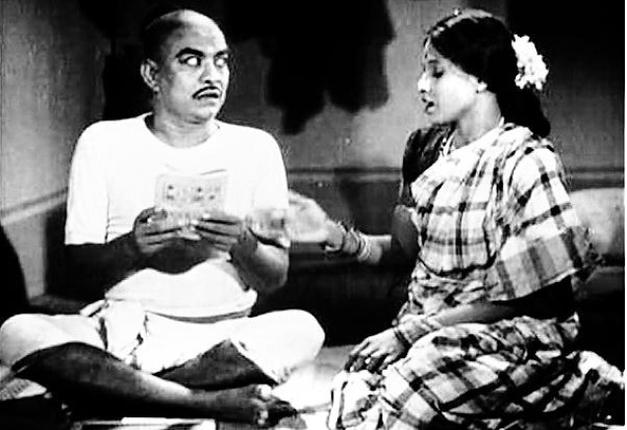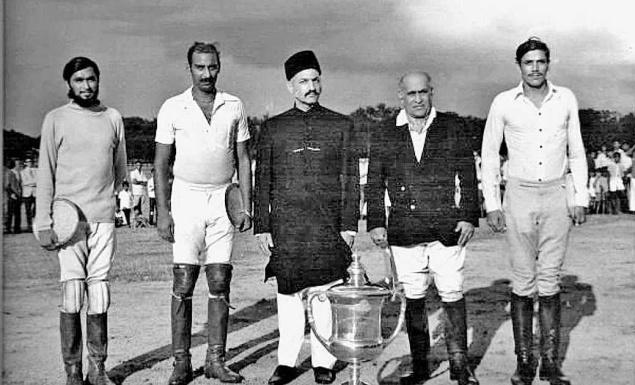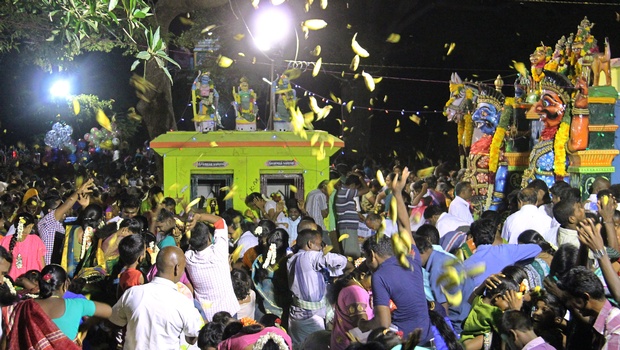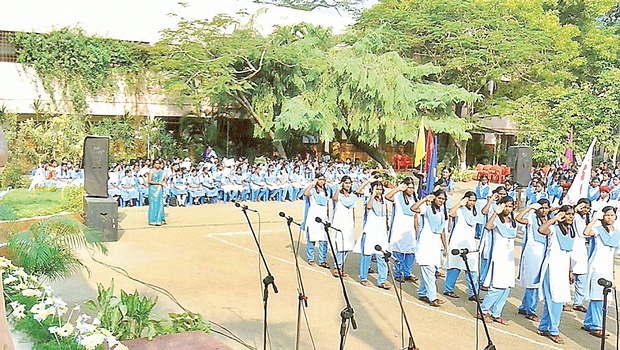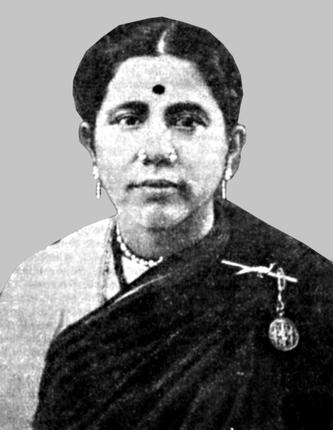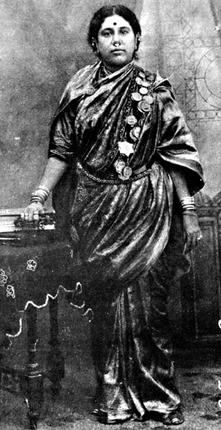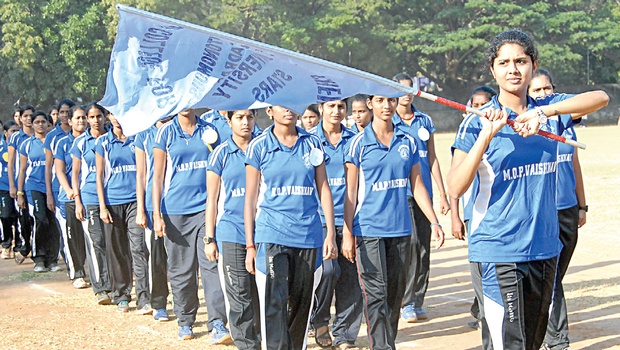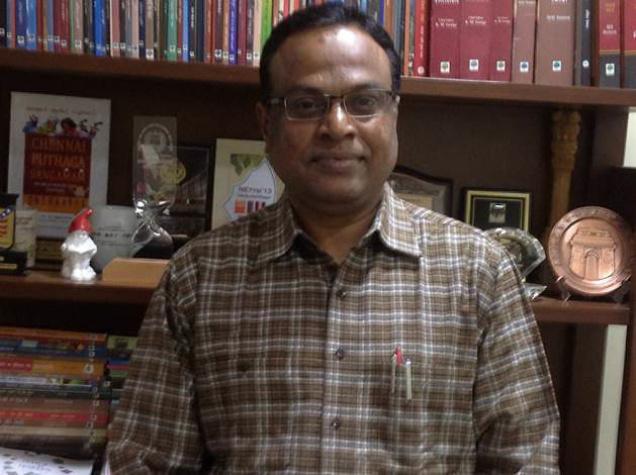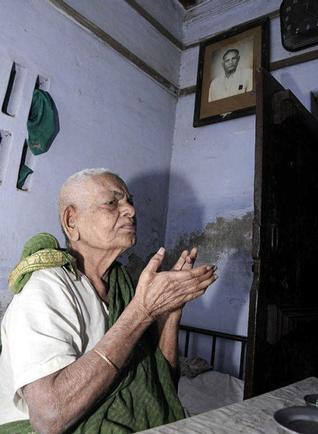
Staying alone in a tiled house at Tiruvanaikoil, 92-year-old Sampoornam had a VIP visitor calling her recently.
Confined to her cot in a dingy room, the nonagenarian was elated when she learnt that the visitor was Dravida Munnetra Kazhagam (DMK) treasurer M.K. Stalin. The grand-old woman was someone so special for Mr. Stalin that he took time off to interact with Ms. Sampoornam whose “self-respect” marriage (Seerthirutha Kalyanam) over 60 years ago in Tiruchi set off a renaissance in those days.
It was in October 1941 that the late DMK founder, Annadurai, conducted the first “self-respect” marriage between Rama. Chinnaiah and Sampoornam. The wedding held in the Tamil month ‘Purattasi’ was a simple event in a small shed with 50 members attending it. “I was 19 years old then and my husband was aged 34,’’ recalls Ms. Sampoornam.
Nevertheless, it was a special occasion as the late Tamil scholar and social activist, K.A.P. Viswanatham and lawyer T.P. Vedachalam also took part, she says with her memory afresh.
Getting emotional, she says it was an exceptional moment as Annadurai had conducted the first “self-respect” marriage then. “An order was placed for just two rose garlands and 50 rose flowers”. Born in a family of five siblings, Ms. Sampoornam says her elder sister prepared lunch for the invitees with five ‘padis’ (a ‘padi’ means one-and-half kg) of rice at the wedding.
As someone who had sung at DMK meetings and at Karanthai Tamil Sangam, Ms. Sampoornam says it was her elder brother Simon Ramasamy who was instrumental in her “self-respect” marriage.
Having worked as a teacher for several years in Tiruchi, she says her elder sister Porselvi Ilamurugu was closely associated with the family of DMK patriarch M. Karunanidhi.
Ms. Sampoornam had met Kalaignar only at meetings and was inspired by his speeches and more so his pronunciation, says the nonagenarian whose husband died in a road accident several years ago. The aged woman, whose sons live in Tiruchi and Madurai, is now being look after by a caretaker.
The interaction with Mr. Stalin who took time to meet Sampoornam while campaigning for the Srirangam Assembly by-poll, lasted a few minutes. Yet, it was a stirring moment for both.
“He offered me a ponnadai and asked me to take care of my health. I asked him to care of Dayalu Ammal and inquired about Kalaignar and wished him many years of good health”, says Ms. Sampoornam.
It was in October 1941 that Annadurai conducted the first “self-respect” marriage between Rama. Chinnaiah and Sampoornam
source: http://www.thehindu.com / The Hindu / Home> News> Cities> Tiruchirapalli / by R Rajaram / Tiruchi – February 21st, 2015
